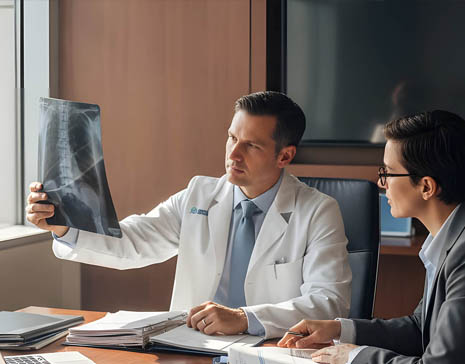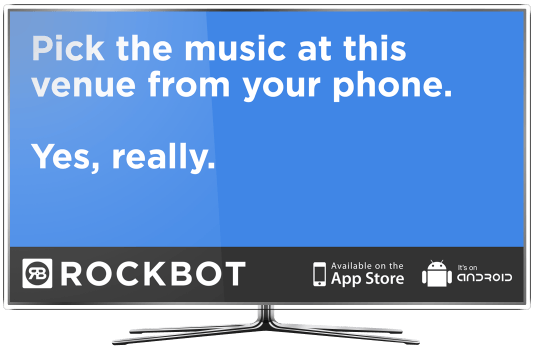Rockbot Service at Onto Orthopedics
Onto Orthopedics is now working with Rockbot to bring you high quality music during your visit. Before seeing us, please install the Rockbot app on your phone. Then, simply log in during your appointment, navigate to "Onto Orthopedics", and begin picking the music we play!
Click here to download the Rockbot app.
Brewing Waste May Assist Bone Regeneration
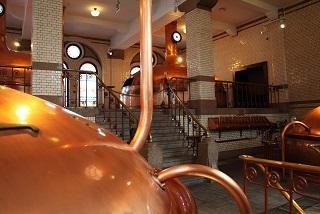
This study was conducted at Centre for Biomedical Technology of Universidad Politécnica de Madrid (UPM) and the Institute of Materials Science and the Institute of Catalysis and Petrochemistry of Consejo Superior de Investigaciones Científicas (CSIC). The results showed that the residue left after beer production was rich in contents like calcium, phosphorus, silica, etc. These were coincidently nutrients that help bones become stronger. The residue was incorporated to be used as a material in bone replacements as well as a coating in bone grafts. Not only does this material decrease the burden of the accumulated eco waste, it also provides nutrient-rich media for the treatment of bone diseases.
Read more
Nano Particles Battle Bone Cancer
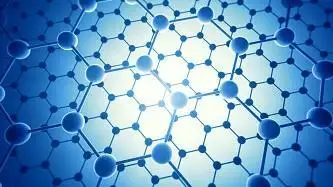
“Proceedings of the National Academy of Sciences” published last week discussed this nano technology. Bone is a very favorable place for cancer cells to grow and multiply in large numbers especially from certain parts of the body such as the breasts, prostate and blood. This nano particle system selectively targets the bones and releases the drug in a very subtle way, thus enhancing the growth and strength of the bone.
Read more
6000 Steps a Day Help Keep Knee Limitations Away
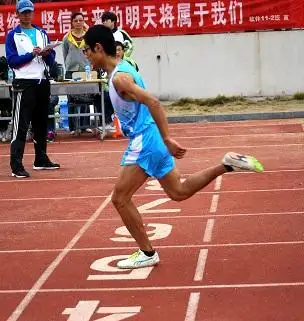
Many Americans aged just 25 years are now diagnosed as suffering from Osteoarthrits knees whereas earlier reports mentioned that OA knees is mostly common among middle-aged and older adults. Medical evidence reports that persons diagnosed with OA walk less than 90 minutes weekly on average. Walking is a common physical activity which can be performed daily by all adults. 80% of OA patients experience a limitation in their movements while 11% of adults have a disability to the extent that they need assistance with personal care.
Read more
Frog Promises Solution to Muscle Atrophy

Most times, mammals including humans, experience muscle atrophy, which means that the muscles that are not in use for a long time start degenerating. This is not the case with green striped burrowing frogs which are scientifically known as Cyclorana alboguttata. These frogs hibernate when resources outside are very scarce and thus, can survive by wrapping themselves in a cocoon of shed skin. These frogs suffer very minimal muscle wastage even after long periods of practically zero muscular activity.
Read more
Romosozumab increases BMD!
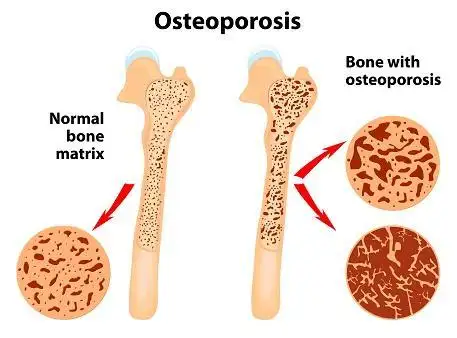
Osteoporosis is commonly seen in large numbers nowadays. Post menopausal women and men of age 70 years and above are at an increased risk for this condition. Bone Mineral Density (BMD) is the test which measures the amount of minerals such as calcium in your bones. It is done using X-ray and Computed Tomography (CT) scan. This information is then used to estimate the strength of your bones.
Read more
EXOGEN Ultrasound Bone Healing System
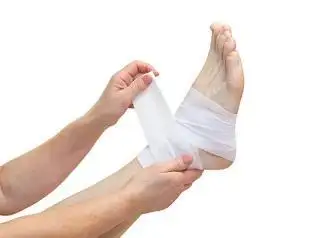
Uses:
Read more
3D Printed Casting and Ultrasound Therapy
A cast on an arm usually requires that smelly, itchy sensation and the scary vibrating saw to remove it. The casts are pretty heavy themselves and the skin beneath gets minimal ventilation, increasing the chances of allergic reactions to the cast and delay in the healing process.
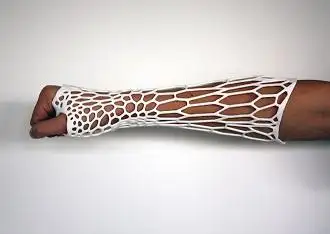
A big thanks to Jack Evill who came up with an idea of a cortex cast. His 3D printed exoskeleton cast provides support, allowing your arm to breathe and also get wet. Later an industrial designer named Deniz Karasahin heard about a system called Exogen, which is a Low Intensity Pulsed Ultrasound (LIPUS) devise designed to hasten the healing process of fractured bones. The problem was the transducer needed to touch the skin (something not possible with a regular cast) and thus, the device could not be used. Karasahin combined the 3D printed cast with Exogen. When used for 20 minutes a day, the system promises to reduce the duration of healing by 38% and increase the rate of healing by 80% in non-union fractures. It has completely revolutionized the field of orthopedics.
Read more
Super Squash

Squash is a game which involves moving around and changing directions rapidly. With all of this movement, chances of sustaining injuries are high. The best known squash injury is tennis elbow (although incidences are less common than tennis). Playing squash can injure your shoulder, elbow, wrist, hip, knee and ankle as these are used the most. Ocular injuries due to an oncoming ball should be avoided at all costs.
Read more
Exercises to Reduce Hand and Wrist Pain
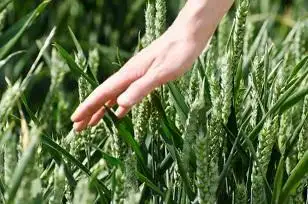
- Alternate flexion and extension-
Suspend your hand loosely in air from the edge of a table and bend the palm inwards towards the table. Hold it at the point of maximum bend (flexion) for 5 seconds. Slowly bring your hand back to a neutral position and then bend it backwards. Do not do this if it’s too painful. If it’s possible, do it gently and hold the maximally extended position for 5 seconds and release. Do the bending inwards and backwards alternately for 10 counts in each direction.
- Alternate palm rotation- Read more



